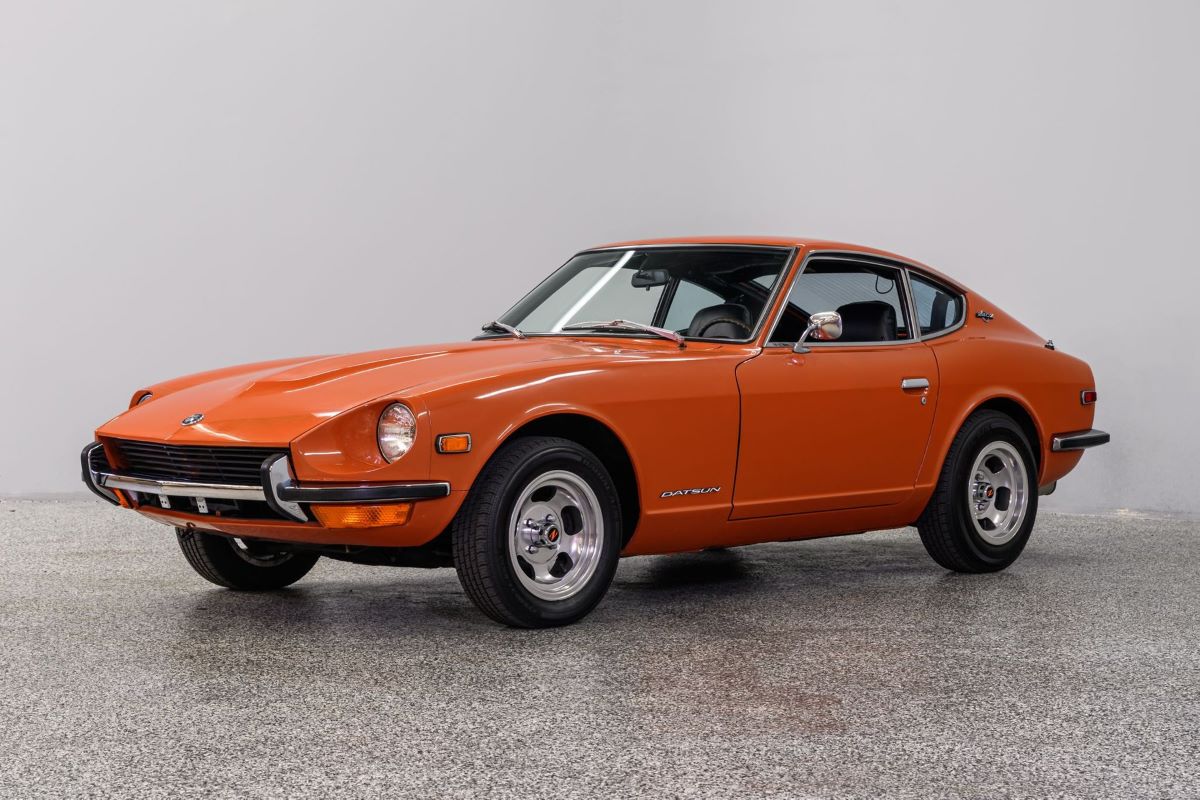In the world of automobiles, initial impressions can often be misleading. Cars that debut amid fanfare and promise sometimes fail to impress, while others dismissed as oddities or missteps go on to capture the hearts and minds of drivers worldwide.
The journey from ridicule to reverence is a fascinating transformation that speaks not only to the evolution of design and technology but also to changing tastes, cultural contexts, and the passionate communities that embrace these vehicles.
Throughout automotive history, numerous cars have faced skepticism, derision, or outright mockery upon release—only to emerge later as icons, legends, and symbols of innovation or resilience. This article explores ten such vehicles: those that were once laughed at or underestimated but eventually transcended their early reputations to become celebrated classics.
The reasons why a car might initially be scorned are diverse. Some suffer from unconventional styling that doesn’t immediately resonate with the public; others may launch with underwhelming performance specs or reliability issues that alienate early adopters.
Economic factors, such as rising fuel prices or changing regulations, can force manufacturers to make compromises that dilute a vehicle’s original intent, inviting criticism from enthusiasts.
Moreover, the competitive landscape can overshadow promising newcomers when established brands dominate certain segments. Yet, many of these cars exhibit qualities—whether innovative engineering, affordability, reliability, or a unique driving experience—that eventually earn them a loyal following.
What binds these stories together is the way these vehicles challenge preconceived notions and market expectations. Take the Mazda Miata, initially dismissed as too small and underpowered, which ultimately redefined affordable sports cars through its purity and simplicity.
Or consider the Porsche 911, whose rear-engine layout was once feared but has since become a hallmark of precision engineering and driving engagement. Others, like the Volkswagen Beetle, overcame controversial origins to become cultural icons cherished worldwide.
This article will delve into ten such cars, examining their initial reception, the hurdles they faced, and the factors that contributed to their eventual acclaim. We will explore not only their technical merits but also the cultural and community dynamics that transformed them from objects of ridicule into treasured classics.
Through these stories, readers will gain insight into the unpredictable journey from underdog to legend—a journey that often hinges on more than just horsepower or styling, but on innovation, perseverance, and the passion of drivers who refused to write these cars off.
Whether you’re a casual car enthusiast or a hardcore gearhead, these tales remind us that automotive greatness is not always apparent at first glance. Sometimes, the true value of a car is revealed only with time, patience, and a willingness to look beyond the surface.
Join us as we celebrate ten remarkable vehicles that prove laughter can turn to legacy, and how perseverance, design evolution, and passionate communities can rewrite automotive history.
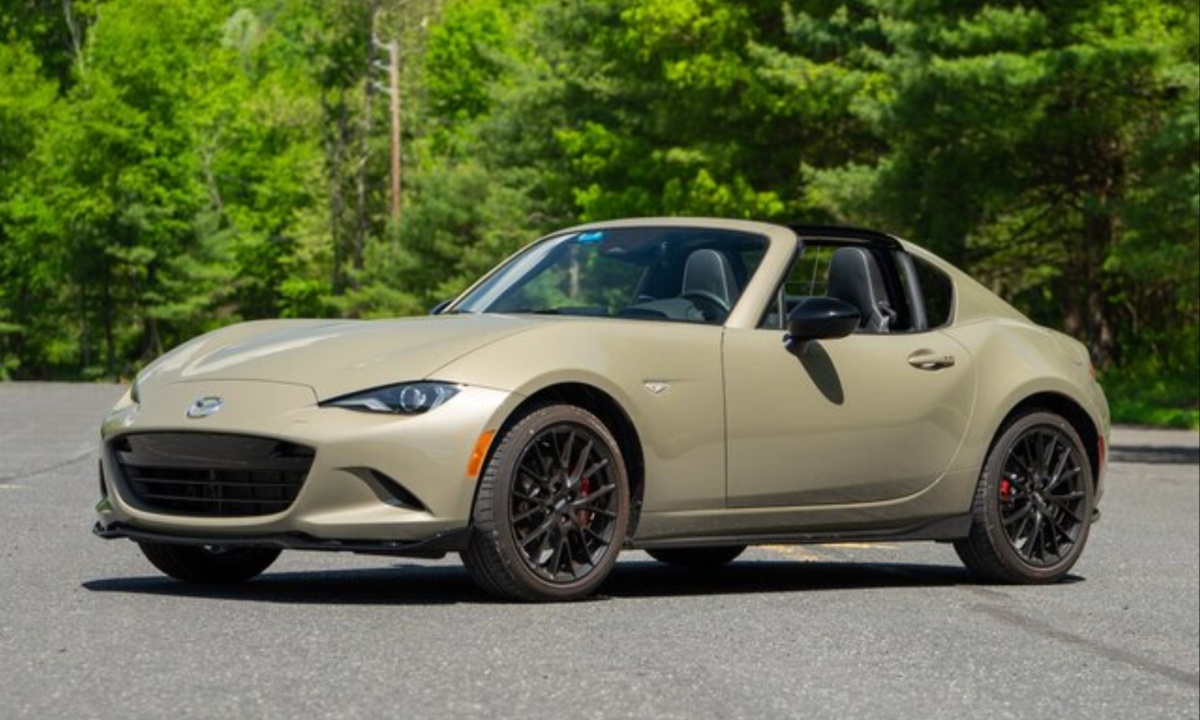
1. Mazda Miata (MX-5)
When the Mazda Miata first arrived in 1989, it was a breath of fresh air in a market dominated by heavy, powerful sports cars that prioritized brute force over driving enjoyment. The automotive press and general public greeted it with skepticism. At first glance, it seemed too small, too underpowered, and too light to be taken seriously.
Critics labeled it a “cute little convertible” or worse, a car for weekend cruisers who weren’t interested in performance driving. Its modest 116-horsepower inline-four engine seemed insufficient in an era where muscle cars with V8s still held the spotlight.
The Miata was often dismissed as a “hairdresser’s car” or a novelty rather than a true sports car, and many wondered how it would survive in a market filled with bigger and faster rivals.
What critics failed to recognize, however, was that the Miata was engineered with a philosophy that challenged conventional wisdom. It wasn’t about raw power or luxury—it was about pure driving pleasure. Mazda focused on weight distribution, lightweight construction, and exceptional balance, giving the Miata a near-perfect 50:50 weight distribution.
This made the car incredibly nimble, responsive, and fun to drive. Its light curb weight and finely tuned suspension allowed it to tackle corners with a precision and joy that few cars, even those with much bigger engines, could match. For enthusiasts who cared more about the feel of the road and the connection to the car than straight-line speed, the Miata was a revelation.
Over the years, the Miata’s reputation soared as it proved itself both on the street and on the track. Its simplicity and reliability meant that owners could focus on enjoying the drive rather than worrying about costly repairs or complex technology failures.
The Miata’s huge aftermarket scene helped owners personalize their cars for racing, autocross, or spirited driving, creating a global community of passionate fans.
What was once a joke became a benchmark for what a lightweight roadster should be, inspiring other manufacturers and becoming a cornerstone of affordable sports car culture. Today, the Mazda Miata isn’t just a car; it’s a driving legend, loved by casual drivers and professional racers alike, proving that fun doesn’t require excessive horsepower.
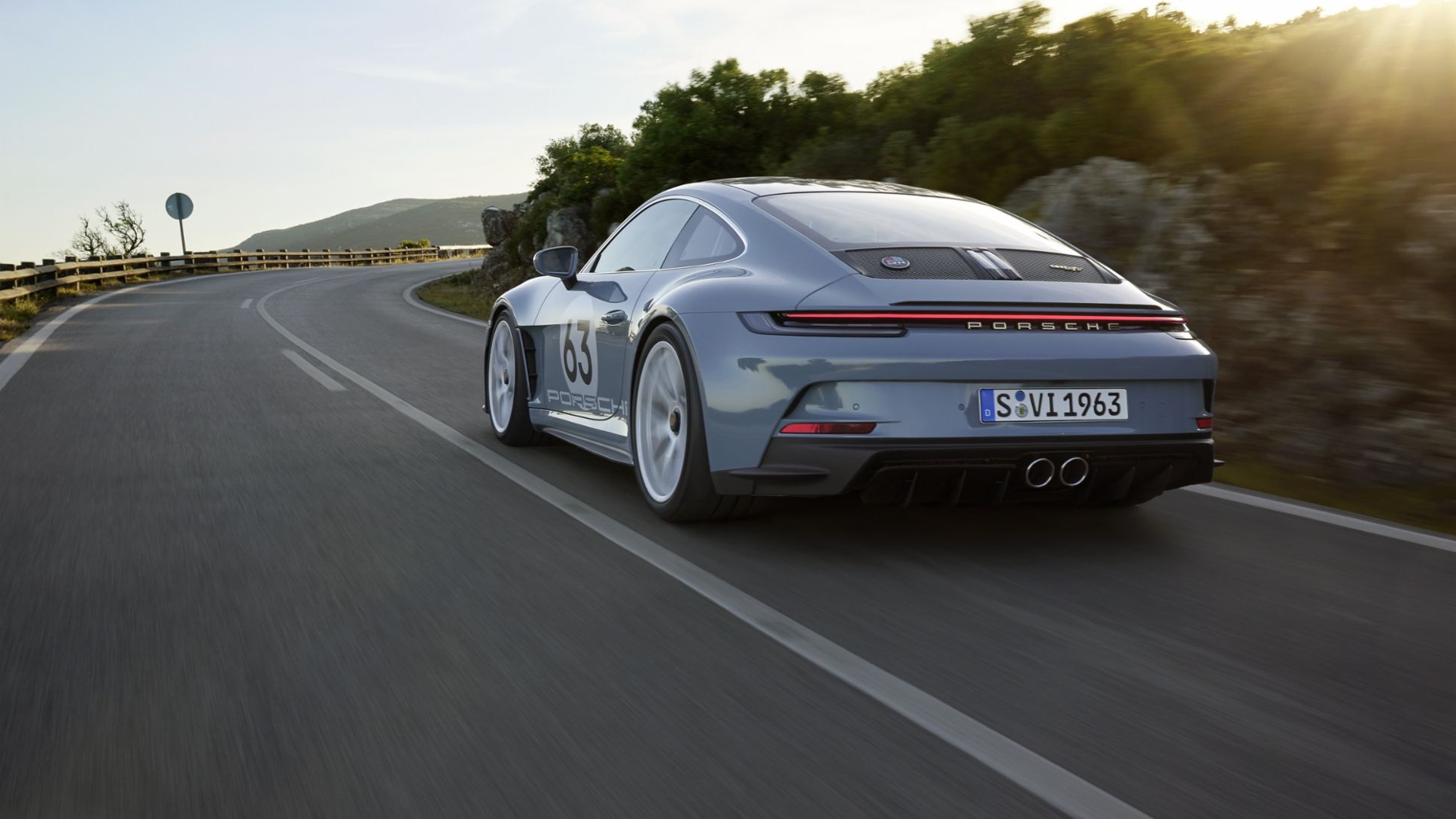
2. Porsche 911 (Early Models)
The Porsche 911’s initial reception was far from universally positive, despite its now iconic status. When it debuted in 1964, the 911’s unconventional rear-engine layout raised eyebrows and concerns.
Many automotive critics and drivers worried about its handling, as placing the engine behind the rear axle was known to cause sudden oversteer and unpredictable behavior at the limits of traction.
Early reviews were cautious and sometimes critical, warning that the 911 was only for experienced drivers who could manage its quirks. The car was also compared unfavorably to the beloved Porsche 356, with many feeling that the 911 lacked the 356’s charm and balance. It seemed a risky gamble for Porsche, and for some, a potential step backward.
Despite the skepticism, Porsche invested heavily in refining the 911, turning those early weaknesses into strengths. The company tuned suspension geometry, improved chassis rigidity, and developed better tires and brakes to tame the rear-engine’s handling traits.
Racing became a key proving ground. The 911 started dominating events like the Targa Florio and Le Mans, showcasing that, in the right hands, its unique configuration offered traction advantages and superb balance.
This motorsport success gradually silenced critics and endeared the car to drivers worldwide. The 911 wasn’t just a sports car—it was a technological marvel that combined performance, reliability, and timeless design.
Over the decades, the Porsche 911 evolved into one of the most celebrated sports cars in history. Early models that were once dismissed as risky or unstable became prized collectors’ items, revered for their raw, analog driving experience and mechanical purity.
The 911’s story is one of transformation—from a car that inspired concern and ridicule to a beloved icon that has remained largely true to its original formula. This enduring legacy highlights Porsche’s dedication to innovation and driver engagement, proving that initial criticism can be overcome by excellence and perseverance.
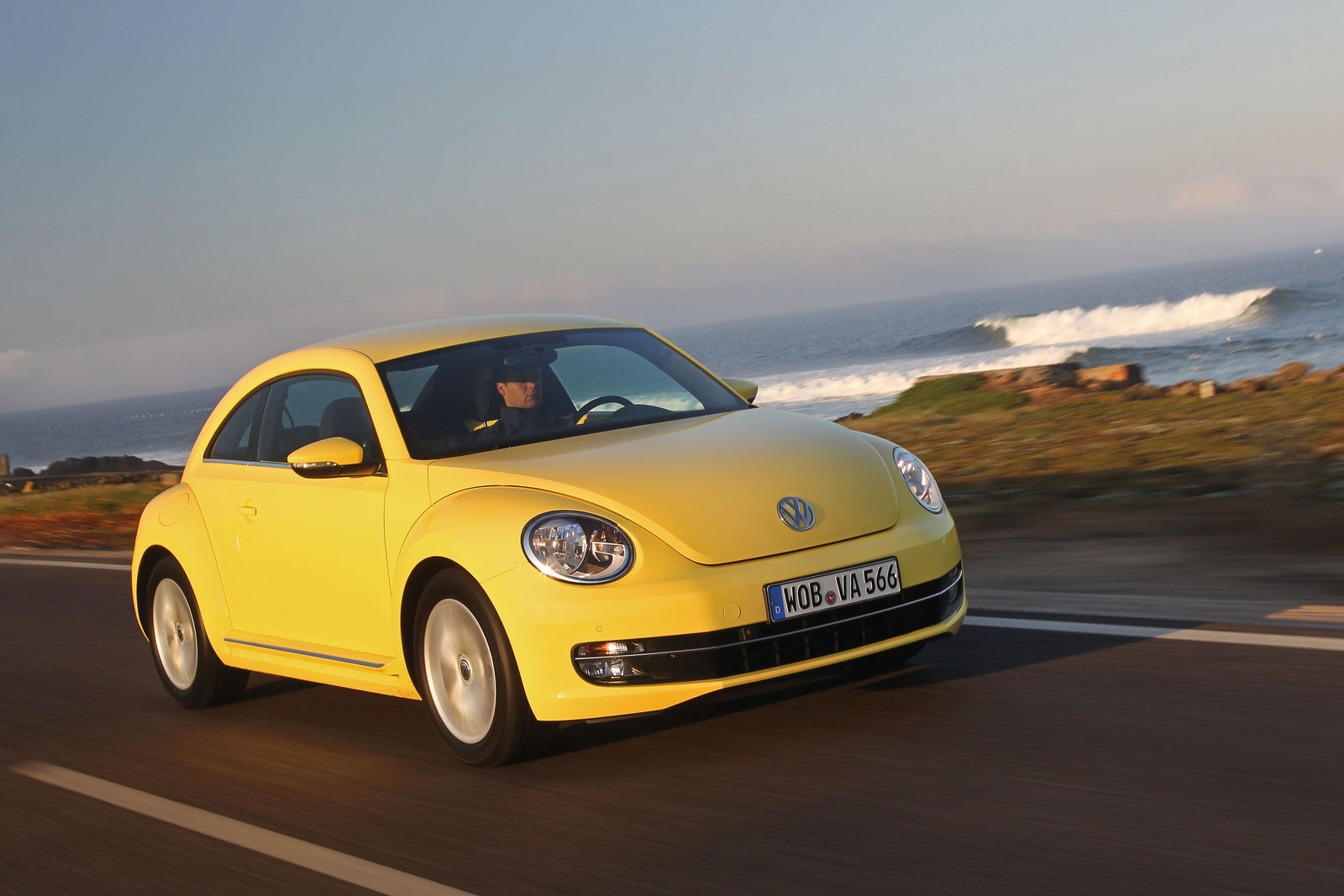
3. Volkswagen Beetle
The Volkswagen Beetle’s origin story is both fascinating and complex, marked by its controversial association with Nazi Germany and an uncertain post-war future. Originally conceived as the “people’s car” under Adolf Hitler’s regime, the Beetle was intended to be an affordable, simple vehicle for the average German family.
However, after World War II, the car struggled to shed its problematic past. In markets like the United States, the Beetle was initially derided for its unconventional looks, tiny engine, and modest performance.
American car culture was dominated by big, powerful machines with V8 engines, and the Beetle’s small size and slow pace made it an easy target for ridicule. It was mocked in popular media and often dismissed as a second-class car.
But the Beetle’s true genius lay in its practicality, simplicity, and reliability. Its air-cooled rear engine meant fewer parts that could fail, and the absence of a water-cooling system made it easier to maintain, especially in diverse climates. Its durable construction and economical fuel consumption endeared it to cost-conscious drivers worldwide.
Additionally, the Beetle’s distinctive shape, initially criticized, gradually became an endearing symbol of counterculture movements during the 1960s and ’70s. It was adopted by hippies, students, and free spirits, transforming its image from a practical utility vehicle into an icon of individuality and rebellion.
Today, the Beetle’s legacy is undeniable. It stands as one of the longest-running and most recognizable car designs in history, with over 21 million units produced. Vintage Beetles are treasured by collectors and enthusiasts who admire their simplicity and charm.
The car’s journey from wartime propaganda to global cultural icon illustrates how a vehicle can transcend its origins and redefine its identity through resilience, practicality, and a bit of personality.

4. Datsun 240Z
The Datsun 240Z entered the American market in 1970 at a time when Japanese automakers were still fighting for respect in the sports car arena. American enthusiasts and journalists alike were skeptical of a Japanese car claiming to compete with established muscle cars and European sports cars.
The Japanese reputation for cheap, low-performance vehicles was a barrier. The 240Z’s relatively modest engine displacement, styling, and brand perception made it easy for skeptics to write it off as a “budget toy” unworthy of serious consideration alongside Ford Mustangs, Chevrolet Camaros, or Porsche 911s.
However, the 240Z quickly flipped expectations on their head. Its smooth, reliable inline-six engine delivered spirited performance that was more than enough to satisfy most sports car enthusiasts. Coupled with a lightweight body, independent suspension, and precise steering, it was a joy to drive both on the street and the track.
The 240Z offered style and performance at a price point that made European sports cars inaccessible for many buyers. This democratization of performance helped the 240Z gain a loyal fan base that appreciated its blend of reliability, affordability, and excitement.
Over time, the 240Z developed a cult following and a reputation as a timeless classic. It became the foundation of Nissan’s sports car legacy and paved the way for future icons like the 300ZX and the GT-R series. Today, the 240Z is highly sought after by collectors and restorers, valued for its historic significance and timeless appeal.
It stands as a symbol of Japanese innovation and perseverance, turning from a laughing stock into a legend that changed perceptions about what Japanese sports cars could be.

5. Jeep Wrangler (YJ)
The Jeep Wrangler YJ, introduced in 1986, was a pivotal but controversial model in Jeep’s lineage. It was the first Wrangler generation to feature square headlights, a design choice that enraged loyalists who felt it strayed too far from the rugged, classic look of the CJ series.
To purists, the square headlights were a sign that Jeep was becoming too commercialized and losing its off-road credibility. Automotive critics also pointed out that the YJ had a heavier body, softer suspension, and more creature comforts, which to some suggested it was turning into a “suburban SUV” rather than a hardcore trail machine. This led to it being dismissed by off-road enthusiasts as a watered-down version of Jeep’s legendary capability.
Despite this backlash, the YJ retained much of what made Jeep great while improving comfort and safety. It featured wider tracks, leaf spring suspension tuned for a smoother ride, and upgraded brakes and drivetrains. These changes broadened the Wrangler’s appeal, making it more accessible to drivers who wanted off-road capability without sacrificing everyday usability.
Over time, the YJ found a niche among new generations of Jeep enthusiasts who appreciated the balance of ruggedness and comfort. The aftermarket exploded with accessories and modifications that further enhanced its off-road prowess.
Today, the Jeep Wrangler is arguably the most recognizable off-road vehicle in the world, and the YJ’s role in transitioning Jeep into the modern era is recognized and appreciated. The square headlights, once the subject of jokes and disdain, have become a quirky and endearing part of Jeep history.
The YJ proved that evolution could preserve the soul of a brand while adapting to changing market demands. From a mocked transitional model, it became a respected chapter in Jeep’s legendary story.
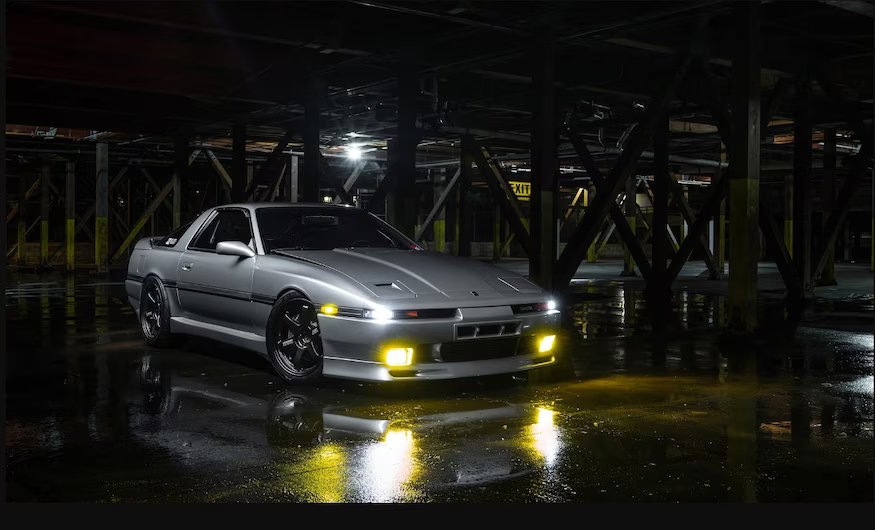
6. Toyota Supra (MK3)
The third-generation Toyota Supra, known as the MK3 (produced from 1986 to 1993), often lives in the shadow of its flashier successor, the MK4. When it debuted, the MK3 was met with mixed reactions from enthusiasts and critics alike. Its styling was somewhat conservative and bulky compared to other sports cars of the era, leading many to overlook it as a serious performance machine.
Priced higher than many contemporaries, it faced stiff competition from the likes of the Nissan 300ZX and Mazda RX-7. Additionally, the turbocharged 7M-GTE engine, although advanced, developed a reputation for head gasket issues that scared off potential buyers and contributed to a less-than-stellar image.
Despite these early criticisms, the MK3 Supra was a technologically sophisticated car for its time. It introduced features like electronically controlled suspension, ABS brakes, and a host of luxury options rarely seen in sports cars during the late ‘80s.
While its weight was a bit on the heavier side, it was a solid GT car with a refined and smooth inline-six engine that could be pushed for decent performance.
Its build quality and reliability were also typical of Toyota, giving owners a level of dependability that was rare in sports cars, especially those from other manufacturers. The MK3 was less about outright speed and more about a comfortable, high-tech driving experience.
Over the years, the MK3 Supra has undergone a renaissance in the eyes of collectors and tuners. Its understated design hides a potent platform, and the 7M-GTE engine, once criticized, has been extensively modified to deliver power well beyond stock specs.
Enthusiasts appreciate it as a more affordable entry into Supra ownership and tuning culture. While it lacks the iconic status of the MK4, the MK3 laid the foundation for Toyota’s legendary Supra lineage and deserves respect for its role in evolving the brand’s performance heritage.
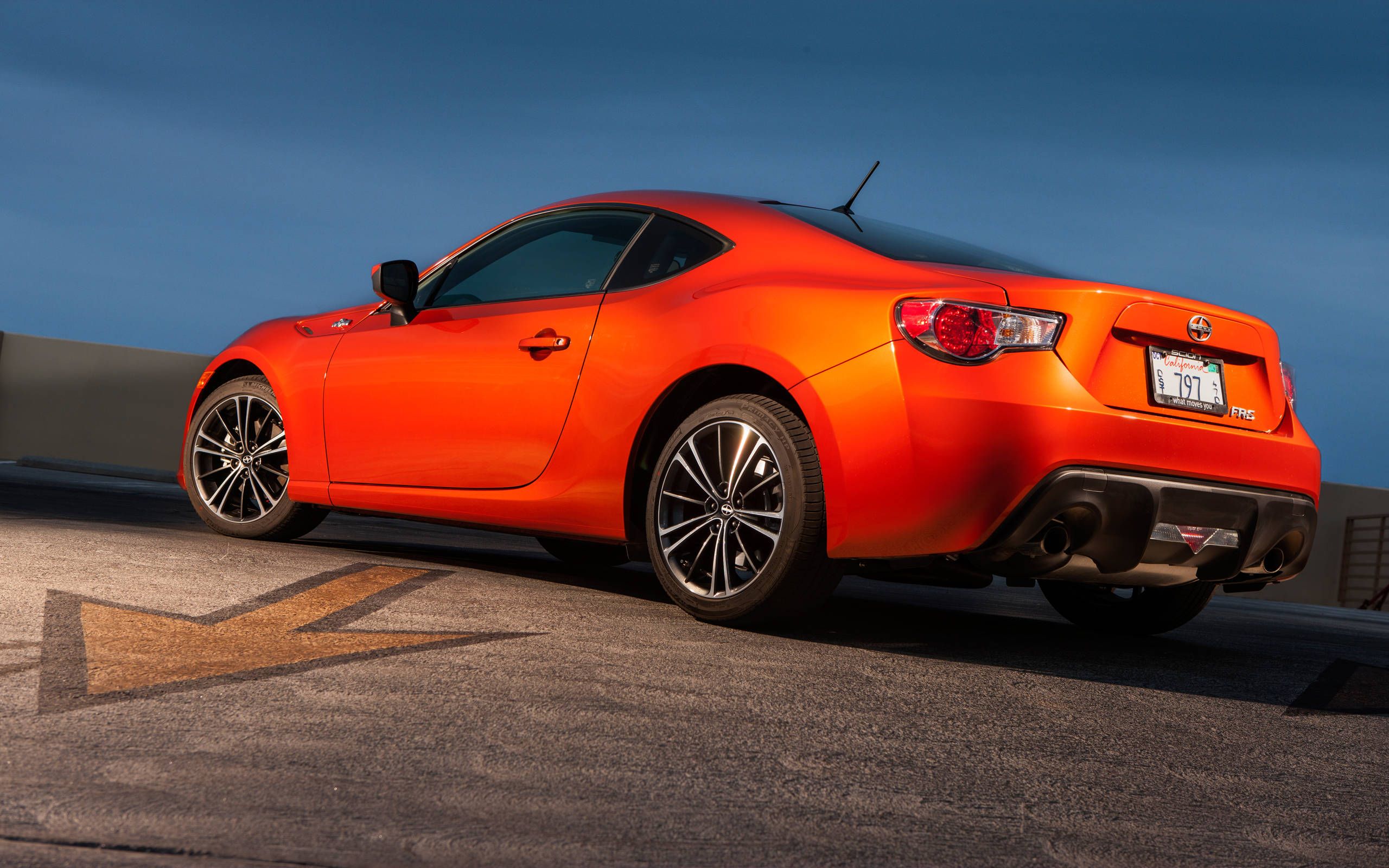
7. Subaru BRZ / Scion FR-S / Toyota 86
The Subaru BRZ, along with its twins—the Scion FR-S and Toyota 86—arrived on the scene in 2012 with a clear mission: bring back pure, affordable rear-wheel-drive sports cars in an era dominated by heavy, turbocharged muscle and tech-laden hypercars. However, initial reactions were mixed.
While many praised its lightweight chassis, precise steering, and balanced handling, it was simultaneously criticized for its lack of power. Its naturally aspirated 2.0-liter boxer engine delivered just around 200 horsepower, which many enthusiasts found underwhelming, especially when compared to turbocharged rivals.
The car was often dismissed as too slow, and forums quickly filled with memes about being overtaken by SUVs and even minivans.
Yet, the BRZ/FR-S/86’s appeal has always been about driver engagement, not outright speed. Its low center of gravity, thanks to the boxer engine layout, combined with a near-perfect weight distribution, made it an absolute joy to drive on twisty roads and tracks.
Enthusiasts who value handling finesse, balanced chassis dynamics, and a mechanical connection to the car soon discovered the joy in this platform. The manual transmission option further endeared it to purists, while the car’s relatively low price point made it accessible for younger drivers and those new to sports cars.
Moreover, the aftermarket scene for these cars exploded, with tuners developing turbo and supercharger kits that unlocked impressive power gains. Suspension upgrades, brake enhancements, and aerodynamic kits transformed the humble BRZ/FR-S/86 into formidable track weapons and weekend warriors.
The car has become a staple in grassroots motorsports, autocross, and drifting communities worldwide. Over time, what was initially mocked as a “slow sports car” evolved into a beloved icon of driver-focused engineering, proving that fun behind the wheel isn’t measured in horsepower alone.
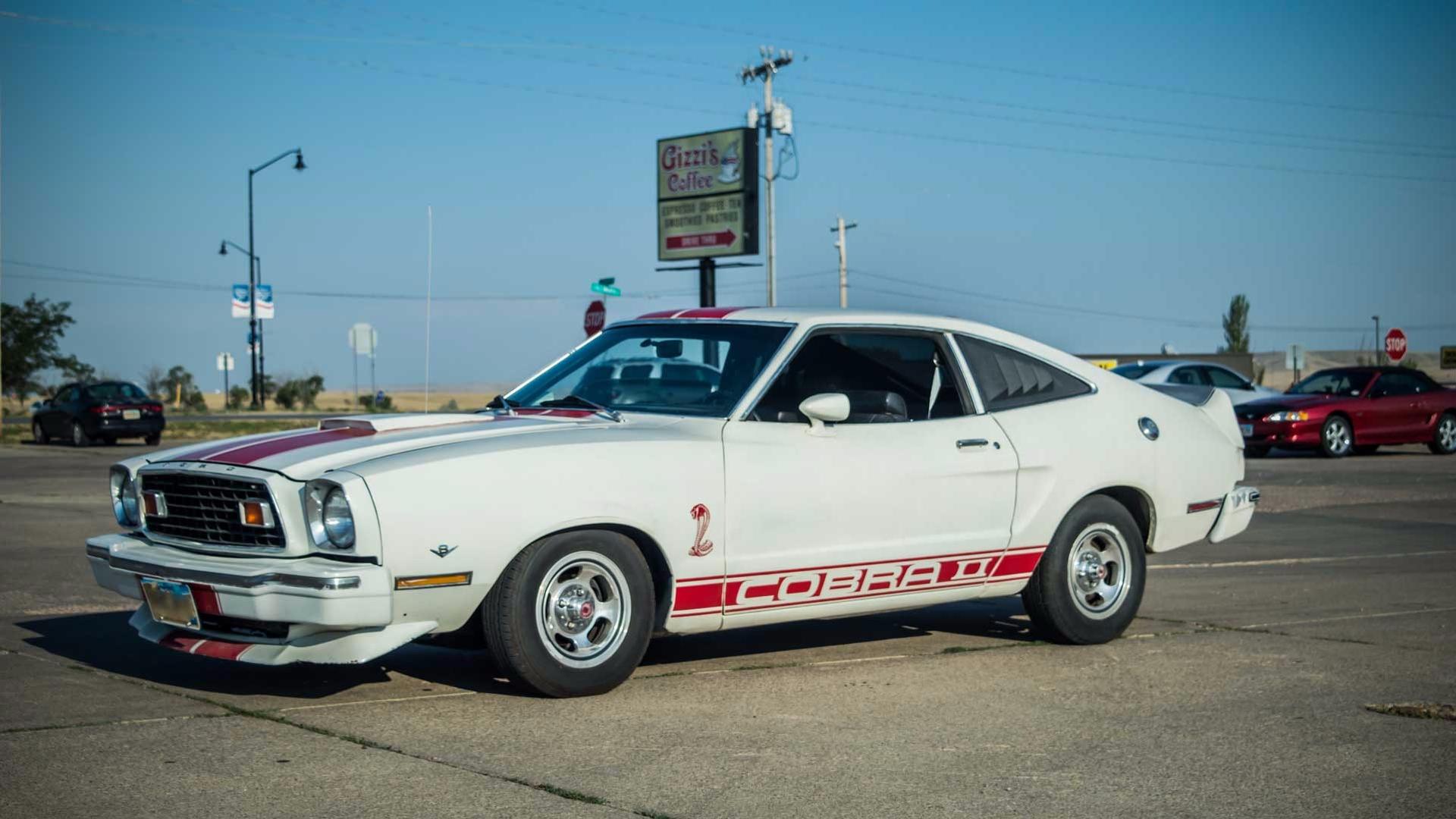
8. Ford Mustang II
The Ford Mustang II, produced from 1974 to 1978, is one of the most reviled chapters in Mustang history. Born during a period of oil crises, rising insurance costs, and stricter emissions regulations, the Mustang II was smaller, lighter, and less powerful than its predecessor.
To muscle car fans, it represented a betrayal of the original Mustang’s spirit. It was frequently mocked for its lackluster performance, bland styling, and perceived “shrunken” muscle car persona.
With a base inline-four engine and optional V6 or small V8 that struggled to deliver muscle car thrills, the Mustang II was often derided as a “compromise” vehicle unworthy of the legendary Mustang name.
Yet, the Mustang II was a pragmatic response to an evolving market. It prioritized fuel efficiency, safety, and affordability during challenging economic times. Its smaller size and improved handling made it more accessible and practical for everyday drivers who still wanted the Mustang badge.
The Mustang II also helped Ford maintain the Mustang brand during an era when many muscle cars were disappearing due to regulatory pressures. While it lacked the roar and power of earlier Mustangs, it offered a decent driving experience for its time and paved the way for the resurgence of performance cars in the 1980s.
Over the decades, the Mustang II’s reputation has softened somewhat. Enthusiasts appreciate it as a reflection of a transitional era in automotive history and a symbol of survival rather than dominance. It reminds us that even icons must sometimes adapt and evolve.
While it may never be celebrated for its performance, the Mustang II’s role in keeping the Mustang name alive through a turbulent time is now recognized, earning it a grudging respect in the Mustang lineage.
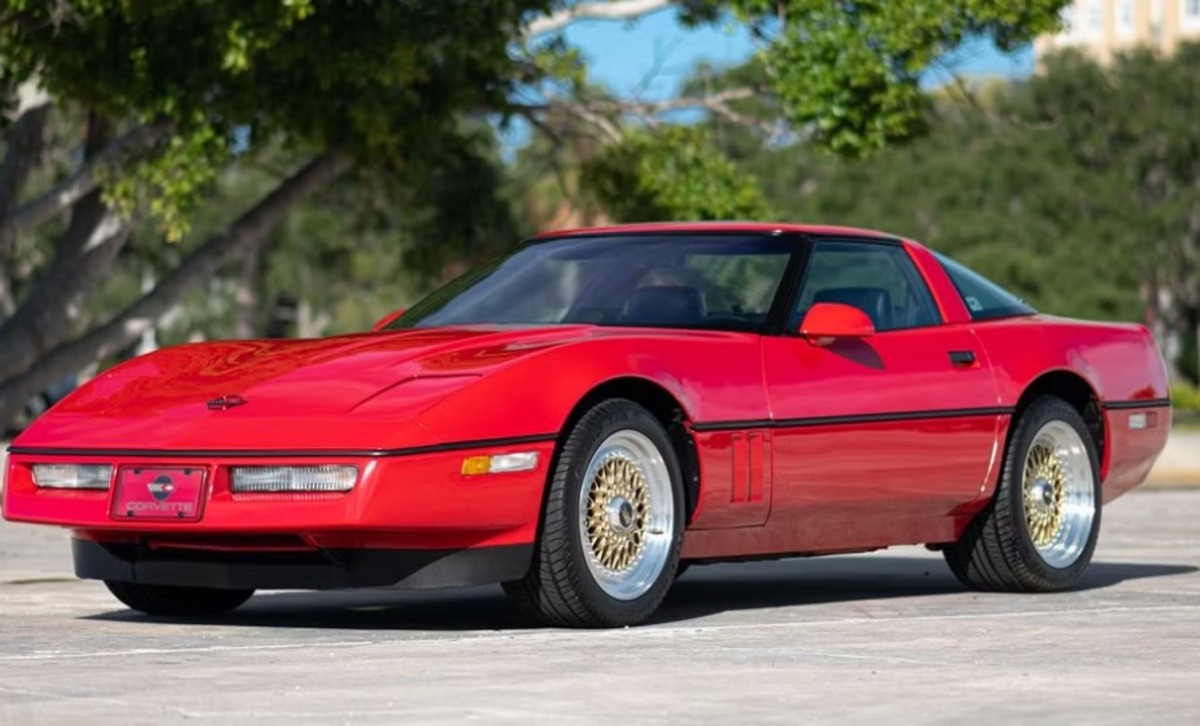
9. Chevrolet Corvette C4
The fourth-generation Corvette, known as the C4 (produced from 1984 to 1996), had a rough start when it launched. The early C4 models were criticized for their underwhelming performance, plasticky interiors, and overambitious electronics that often malfunctioned. It was a stark departure from the raw, muscular character of the previous C3 generation.
At a time when Japanese imports were setting new standards for precision and reliability, the C4 seemed like an awkward step. Critics also pointed out that its early versions lacked the explosive power and sound that Corvette fans expected, leading some to dismiss it as a lackluster sports car.
However, the C4 underwent significant evolution during its production run. Chevrolet continuously refined the car’s aerodynamics, handling, and engine performance, culminating in the powerful ZR-1 model with its LT5 V8 engine producing over 375 horsepower.
The C4 introduced advanced features like digital dashboards, tuned suspension systems, and groundbreaking brakes that set the stage for future Corvette generations. Its focus on handling and driver feedback was a significant improvement over the C3, and the car became a serious contender in the sports car world, especially against European rivals.
Today, the C4 is appreciated by collectors and enthusiasts for its blend of innovation and performance. It represents a bridge between the old-school muscle car mentality and modern sports car engineering.
Early criticism has given way to admiration for its impact on Corvette’s legacy, and its place in motorsports, especially in IMSA racing, has cemented its status. The C4 proved that with perseverance and continual improvement, a car can overcome its rough beginnings to become an enduring classic.
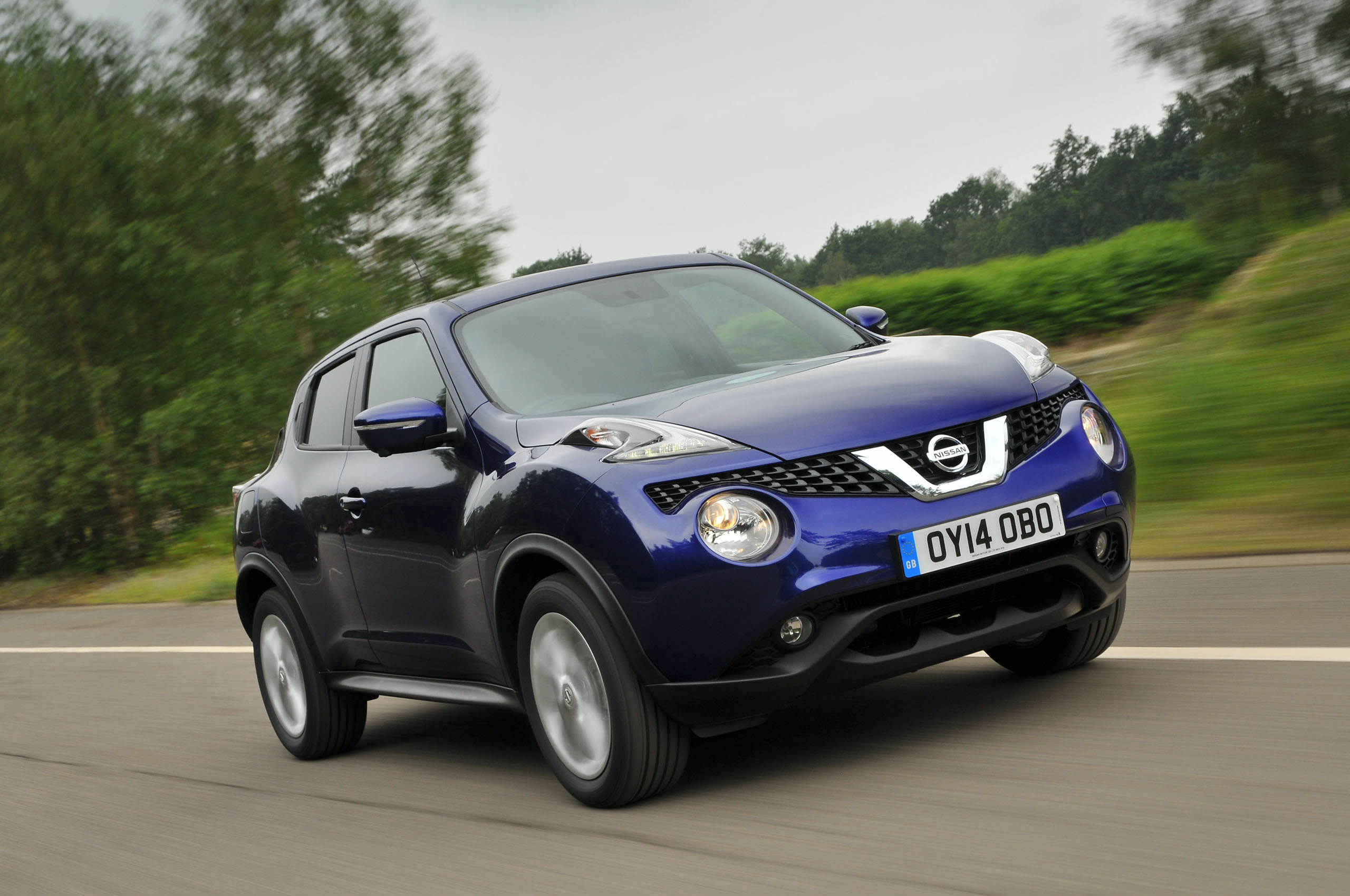
10. Nissan Juke
When the Nissan Juke was introduced in 2010, it immediately polarized opinions. Its bold, unconventional design, featuring bulging headlights and a quirky, sporty silhouette, made it an easy target for ridicule. Critics mocked its looks as odd and unattractive, and many questioned whether there was a market for such a peculiar crossover.
Additionally, its turbocharged small engine was not seen as particularly impressive in terms of raw power or refinement. The Juke’s name and styling didn’t help, leading to jokes and dismissive comments about it being a novelty rather than a serious contender in the SUV segment.
Despite the early skepticism, the Juke carved out a unique niche. Its sporty handling, aggressive styling, and fun-to-drive character appealed to younger buyers who wanted something different from the typical boxy SUV. It was a bold statement against the cookie-cutter designs dominating the crossover market.
The turbocharged engine delivered spirited performance that, combined with its compact size, made it a practical urban runabout with an edge. Nissan also capitalized on customization options, allowing owners to personalize their Jukes, which fostered a loyal fan base.
Over time, the Nissan Juke’s initial mockery gave way to respect. It proved that daring design and personality could succeed in a segment crowded with bland choices. The Juke influenced other manufacturers to take risks with styling and helped define the “sporty crossover” niche.
In many ways, the Juke was ahead of its time, showing that offbeat cars can find passionate followings and long-term success. Its transformation from a laughing stock to a legend reflects the changing tastes and dynamics of modern car buyers.
Also Read: 5 Cars That Throw Random Check Engine Codes And 5 That Are Code-Clean
The stories of these ten cars remind us that in the ever-evolving automotive world, initial judgments rarely tell the full tale. What starts as skepticism, criticism, or outright laughter can, with time, perseverance, and evolution, transform into admiration, respect, and legendary status.
These vehicles demonstrate that a car’s legacy is shaped not just by immediate impact but by its ability to adapt, inspire, and resonate with drivers across generations. From the diminutive Mazda Miata to the polarizing Nissan Juke, each car has proven that innovation and passion can turn perceived flaws into defining strengths.
One common thread that emerges from these tales is the power of community and enthusiast support. Many of these cars found their true identity and value not solely through factory specifications but through the dedication of owners, tuners, and racers who embraced their potential and pushed boundaries.
The grassroots tuning culture around the Datsun 240Z and Toyota Supra MK3, or the enthusiast-driven revival of the Subaru BRZ and Scion FR-S, showcases how people breathe new life into vehicles once dismissed by critics. This symbiotic relationship between car and community often elevates a model from mere transportation to a cultural phenomenon.
Moreover, these stories underscore how the automotive landscape and consumer expectations change over time. Economic shifts, regulatory environments, and advances in technology influence how cars are built and perceived. The Ford Mustang II’s transition from reviled muscle car compromise to a symbol of survival during difficult times illustrates this dynamic.
Similarly, the Porsche 911’s transformation from a risky rear-engine experiment to an engineering icon shows how persistence and refinement can overcome early doubts.
These cars teach us that innovation often requires patience and that progress is rarely linear. Ultimately, these vehicles invite us to reconsider how we value cars beyond their surface appeal or immediate performance.
The Volkswagen Beetle’s rise from wartime propaganda tool to global cultural icon, or the Jeep Wrangler YJ’s controversial styling that helped usher Jeep into a new era, prove that emotional connection and identity matter as much as specifications. It is these intangible qualities that elevate a car from mere machinery to legend.
In celebrating these ten remarkable cars, we acknowledge the complexity of automotive history—a history filled with surprises, reinventions, and moments of unexpected brilliance. The journey from laughter to legend is a testament to creativity, resilience, and the enduring human passion for driving.
For anyone fascinated by cars, these stories inspire hope that every underdog has the potential to become a legend, given the right combination of innovation, community, and time.

